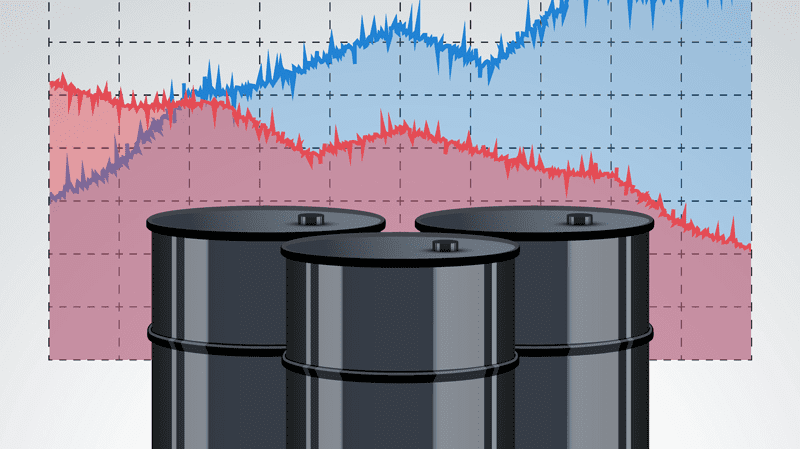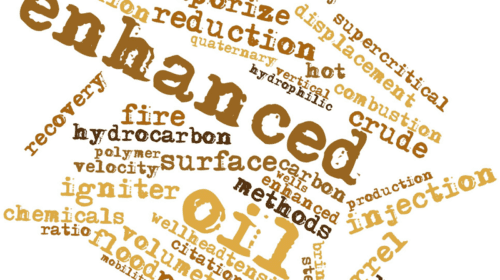There is no doubt one of the biggest challenges in the oil world is to put a barrel in the surface of API (American Petroleum Institute) low gravity oil. If the oil well has a natural flow, it may be observed, as time goes by, that its natural decline will show a more prominent tendency than the one we find in a medium or soft oil well. Factors such as geology, the sand thickness and the consolidation of the sand itself are additional elements to consider when it comes to determining how complex the secondary recovery process can be or what method should be applied to maximize the retrieve of heavy and extra-heavy oil. Another obstacle to overcome is the type of BHA (Bottom Hole Assembly) of the well. This is due to the significant decrease of the efficiency of production equipment in horizontal wells. The characterization of oil is possibly the determining factor of how much operational and economic resource the oilfield operator should earmark to sustain the rate over time and how often the optimization plan will be applied.
All of this can happen in an economic environment of stability in oil prices which makes it self-sustaining, but what happens when the volatility of a convulsed market, immersed in geopolitical variables, tilts prices to the point of converting the very process of oil production as a waste of money. The price fluctuation in the past decade went from $146 to $50 USD in a short time, starting in mid-2014. The operational cost of producing a barrel of oil is about $30, unlike the $60 fracking process. In the case of heavy oil wells, during the enhanced oil recovery process, there are additional charges for the investment in maintenance and infrastructure that sustains the process, steam units, concentric pipes, thermal tapes, continuous injection of solvents, gas lift, submersible pumping, mechanical pumping, pipe systems for steam transfer, diluents, fluid handling stations, and operations staff, are, without a doubt, values to take into account when petroleum price is low. The private operators clench their engineering departments trying to reduce investment costs and maximize the recovery of hydrocarbons, while keeping their physicochemical properties intact.
New practices and technologies are making their own way to provide more efficient services, replace processes and optimize the production. Even new methods of production, energization of reservoir, oil improvement, generation of Nitrogen in situ, inertization and flushing lines, advanced chemicals, inhibitors, without neglecting a marked trend to create eco-friendly products.
The cost-benefit analysis of any other productive process should follow the statement that the revenue of the process must cover the costs and generate profits, so that the oil business can go on. This analytical exercise must be set as a routine, so a company can keep up with the new technologies and take advantage of its resources in the most effective way. This means more protection for our organizations, investors and employees, during the low quote times, with an eye on the horizon of healthy, profitable and environmentally friendly production fields.
Tulio Pulgar is the CEO of Tundra Drilling Well Services Inc. He has production specialist experience in heavy oil reservoirs and is a private oilfield operator. Mr.Pulgar is also an advisor for new technologies and chemical product development. Tundra Drilling Well Services in the last years has given solutions to complex problems in production management and distribution of heavy crude oil in the United States, Mexico and Venezuela.








